ATC-127 PROJECT
ATC/USGS Seismic Hazard User-Needs Workshop
On September 21-22, 2015, in Menlo Park, California, the Applied Technology Council (ATC) and U.S. Geological Survey (USGS) convened the ATC/USGS Seismic Hazard User-Needs Workshop. Like the ATC-35/USGS National Earthquake Ground Motion Mapping Workshops, which were held in 1995, 2001, and 2006, this User-Needs Workshop provided an opportunity for individuals and groups that use the National Seismic Hazard Maps to provide feedback on existing and planned hazard information and products from the USGS National Seismic Hazard Mapping Project.
Agenda. The Workshop Agenda is available here.
Presentations.
-
Day 1: Welcome and Introductory Remarks
Anna H. Olsen, Applied Technology Council
-
Session 1: Seismic Hazard Products and Their Intended Users
Moderator: Nicolas Luco, U.S. Geological Survey
Uses (or Types of Users & Products) of the USGS National Seismic Hazard Model (NSHM)
Nicolas Luco, U.S. Geological Survey
The 2014 National Seismic Hazard Maps: 67 Years in the Making
Mark D. Petersen, U.S. Geological Survey
Products and Tools from the National Seismic Hazard Model (NSHM)
Peter M. Powers, U.S. Geological Survey
-
Session 2: Use of Seismic Hazard at Individual Sites
Moderator: C.B. Crouse, AECOMUse of USGS Seismic Hazard Tools at Individual Sites—New Building Design Perspective
John D. Hooper, Magnusson Klemencic AssociatesUtilization of Seismic Hazard Information from USGS National Seismic Hazard Mapping Project by DSA*
Ronald W. LaPlante, California Division of the State ArchitectUsing ASCE 7-10 Performance Targets to Manage Seismic Risk in the Legal Arena*
Mark N. White, Law Offices of Mark N. WhiteQuakeUpLA: Creating an Interactive Seismic and Building Response Map Tool*
Brittany Moffett and Anders Carlson, University of Southern CaliforniaNeeds/Issues for Site-Specific Geotechnical Applications of the NSHMP Maps and Tools
John A. Egan, SAGE EngineersThe Travails of the Average Geotechnical Engineer Using the National Seismic Hazard Maps
Marshall Lew, AMEC Foster WheelerUse of NSHMP Products for Site-Specific Hazard Analyses for Critical Structures
Norman Abrahamson, Pacific Gas & Electric Company, San Francisco, CaliforniaUse of USGS National Seismic Hazard Mapping Program Products in USACE Dam and Levee Safety Programs and USACE Civil Works Projects
Keith Kelson, U.S. Army Corps of Engineers, Sacramento, CaliforniaSeismic Hazard for Commercial Nuclear Power Plants – Current Practice and Its Relationship to the NSHMP
Robert Youngs, AMEC Foster Wheeler, Oakland, California
-
Day 2: Welcome and Introductory Remarks
Anna H. Olsen, Applied Technology Council
-
Session 3: Use of Seismic Hazard at Distributed Sites
Moderator: Chris D. Poland, Consulting Engineer
Caltrans Reliance on USGS National Seismic Hazard Mapping Program
Tom Shantz, California Department of TransportationUse of Seismic Hazard Information in Water and Wastewater System Analysis
Don Ballantyne, Ballantyne ConsultingSeismic Hazard Analysis along the State Water Project California Department of Water Resources
Don F. Hoirup, Jr., California Department of Water ResourcesPacific Gas and Electric - Gas and Electric Systems
Kent S. Ferre, Pacific Gas & Electric CompanyCalifornia High-Speed Rail Authority: A Transformative Investment in California’s Future
Kevin Thompson and Kenneth W. Campbell, California High Speed Rail Authority
-
Session 4: Additional Uses of Seismic Hazard Information
Moderator: Janiele Maffei, California Earthquake Authority
The Science of Catastrophe Modeling: A Journey from Hazard to Risk
Maiclaire Bolton, CoreLogicUSGS and AIR Worldwide: Leveraging Seismic Hazard as an Ingredient in Risk Modeling
C. Marc Ramirez, AIR WorldwideUse of USGS National Seismic Hazard Model (NSHM) in Catastrophe Modeling: RMS Perspective
Nilesh Shome, RMSApplying Seismic Hazard Information in Local and Regional Urban Planning
Laurie A. Johnson, Laurie Johnson Consulting | ResearchThe USGS National Seismic Hazard Mapping Project: Issues and Improvements*
Zhenming Wang, Kentucky Geological SurveyCalifornia Geological Survey Project Review*
Jennifer Thornburg, California Geological SurveyCGS Utilization of USGS Seismic Hazard Information*
Rui Chen, California Geological Survey* Informal talk
Workshop Program. The ATC/USGS Seismic Hazard User-Needs Workshop was organized to (1) elicit feedback from users of seismic hazard information and products, (2) provide a forum for the wider earthquake engineering community to discuss the transfer of seismic hazard results into engineering practice, seismic risk analysis, and public policy, and (3) make practical recommendations to the USGS National Seismic Hazard Mapping Project.
The User-Needs Workshop included presentations from invited speakers and workshop attendees:
▪ Representatives of the National Seismic Hazard Mapping Project described the changes in the 2014 update of the National Seismic Hazard Maps, including changes to the hazard model input, the calculation of hazard, and the resulting differences in hazard values. The representatives also provided an overview of seismic hazard information and products currently available at the Project website.
▪ Representatives of user groups described how they use hazard information from the National Seismic Hazard Mapping Project. Users also provided feedback on the hazard products that they currently use and ideas about development of additional products or the consolidation of existing products.
Location. William Rambo Auditorium, U.S. Geological Survey, 345 Middlefield Road, Menlo Park, California.
Steering Committee.
Anna H. Olsen, (co-chair), Applied Technology Council, Redwood City, California
Nicolas Luco (co-chair), U.S. Geological Survey, Golden, Colorado
Norman Abrahamson, Pacific Gas & Electric Company, San Francisco, California
C.B. Crouse, AECOM, Seattle, Washington
Rod Diridon, Sr., Mineta Transportation Institute, San Jose, California
Arthur D. Frankel, U.S. Geological Survey, Seattle, Washington
Keith Knudsen, U.S. Geological Survey, Menlo Park, California
Janiele Maffei, California Earthquake Authority, Sacramento, California
Robert B. Paullus, Jr. (ATC Board Contact), Applied Technology Council, Olive Branch, Mississippi
Sue Perry, U.S. Geological Survey, Pasadena, California
Mark D. Petersen (ex officio), U.S. Geological Survey, Golden, Colorado
Chris D. Poland, Consulting Engineer, Canyon Lake, California
Sanaz Rezaeian, U.S. Geological Survey, Golden, Colorado
Christopher Rojahn (ex officio), Applied Technology Council, Redwood City, California
Tom Shantz, California Department of Transportation, Sacramento, California
Nilesh Shome, Risk Management Solutions, Newark, California
Sponsoring Organizations.
|
Applied Technology Council |
U.S. Geological Survey |
Co-Sponsoring Organizations.
Alfred E. Alquist Seismic Safety Commission
Consortium of Organizations for Strong-Motion Observation Systems
Consortium of Universities for Research in Earthquake Engineering
Earthquake Engineering Research Institute
Federal Emergency Management Agency
Insurance Institute for Business & Home Safety
International Code Council
MAE Center
MCEER
Mineta Transportation Institute
National Council of Structural Engineers Associations
Natural Hazards Center at the University of Colorado at Boulder
National Institute of Building Sciences Building Seismic Safety Council
National Institute of Standards and Technology
Southern California Earthquake Center
Seismological Society of America
U.S. Army Corps of Engineers Civil Works Seismic Committee
Western States Seismic Policy Council

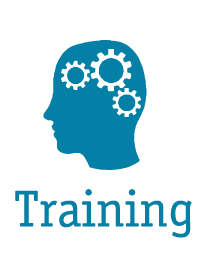
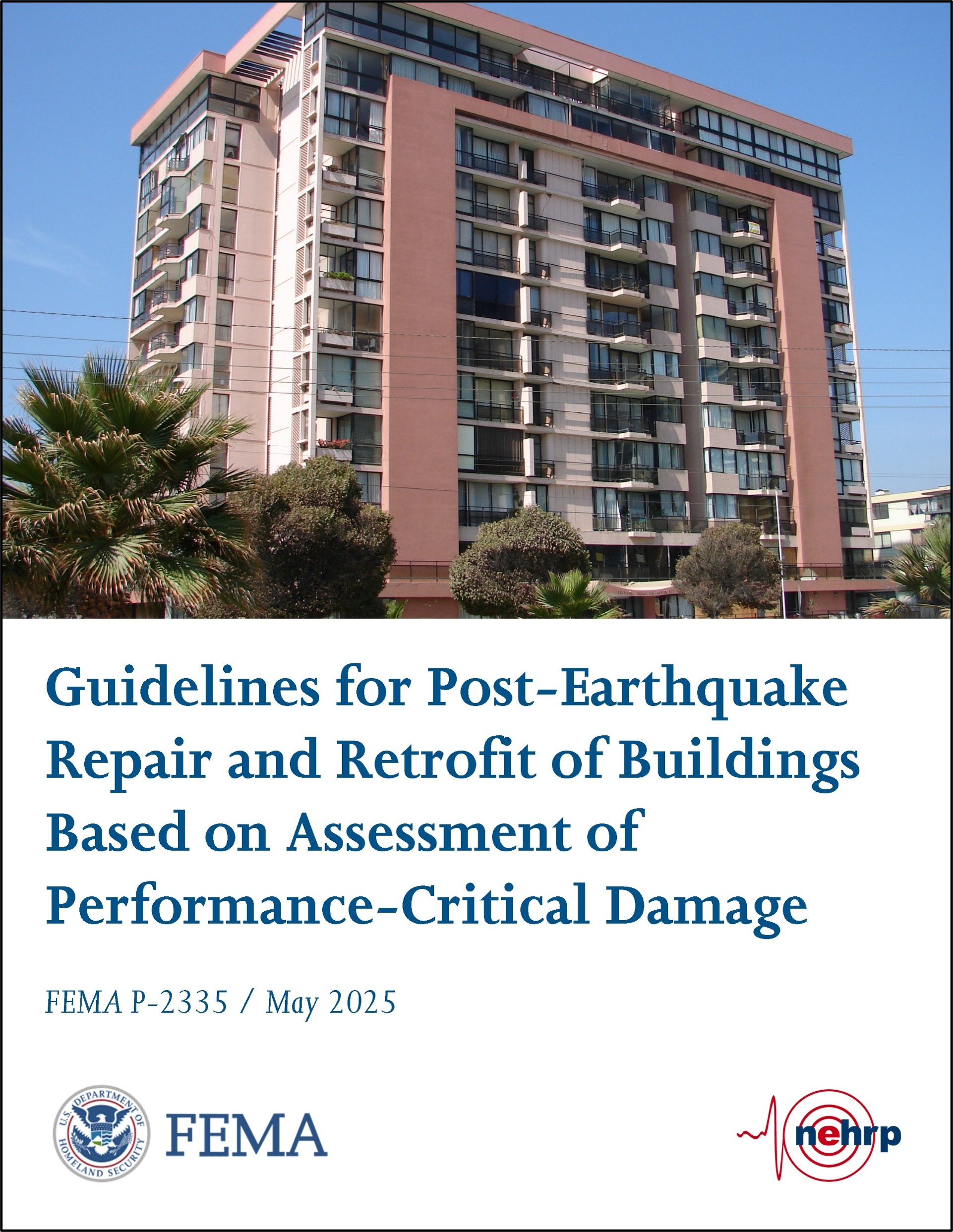

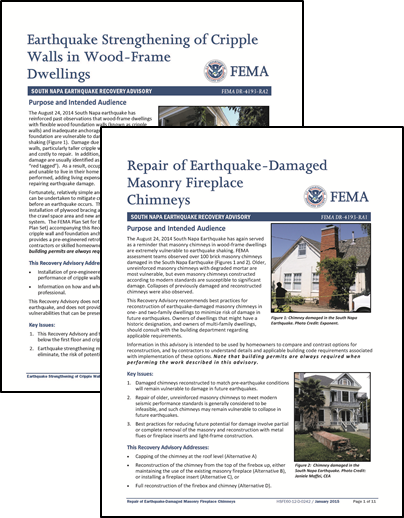
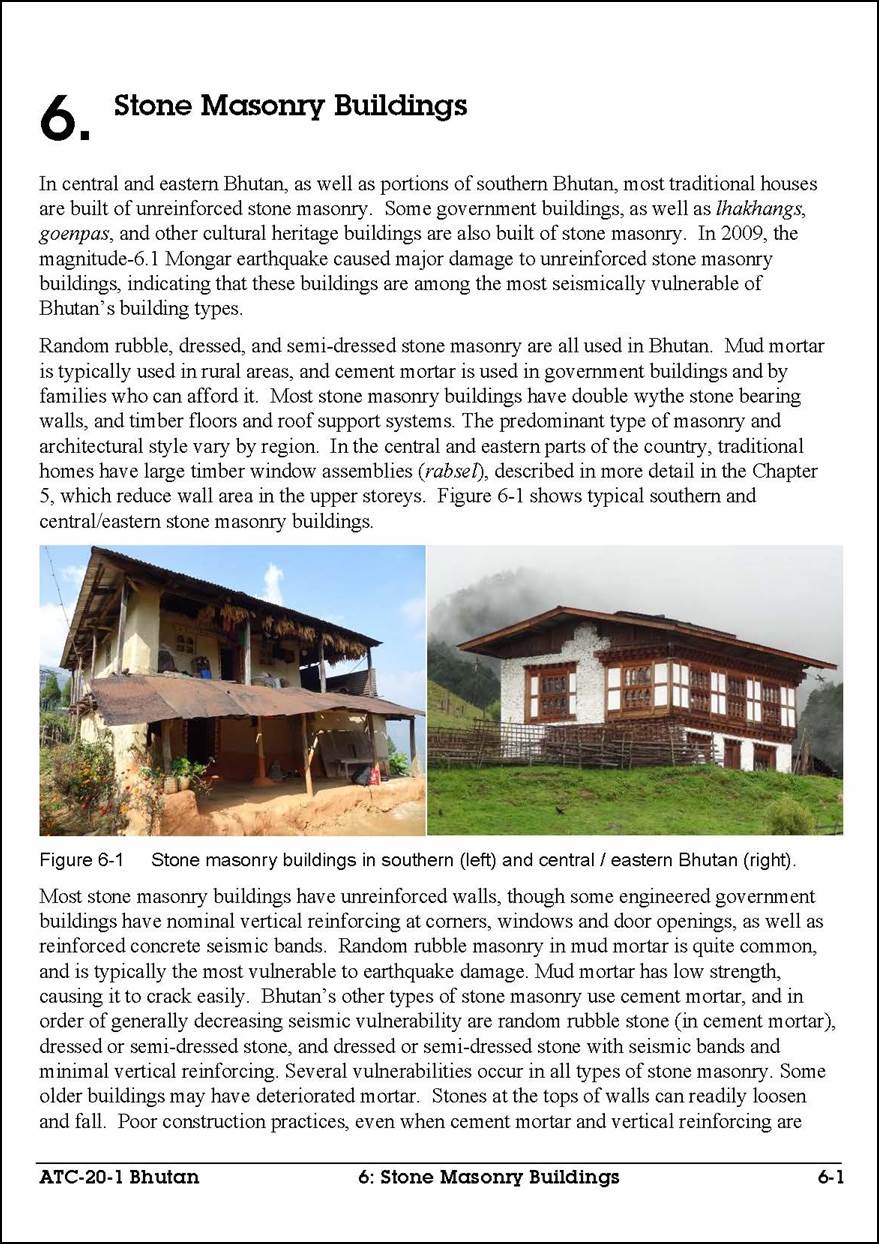
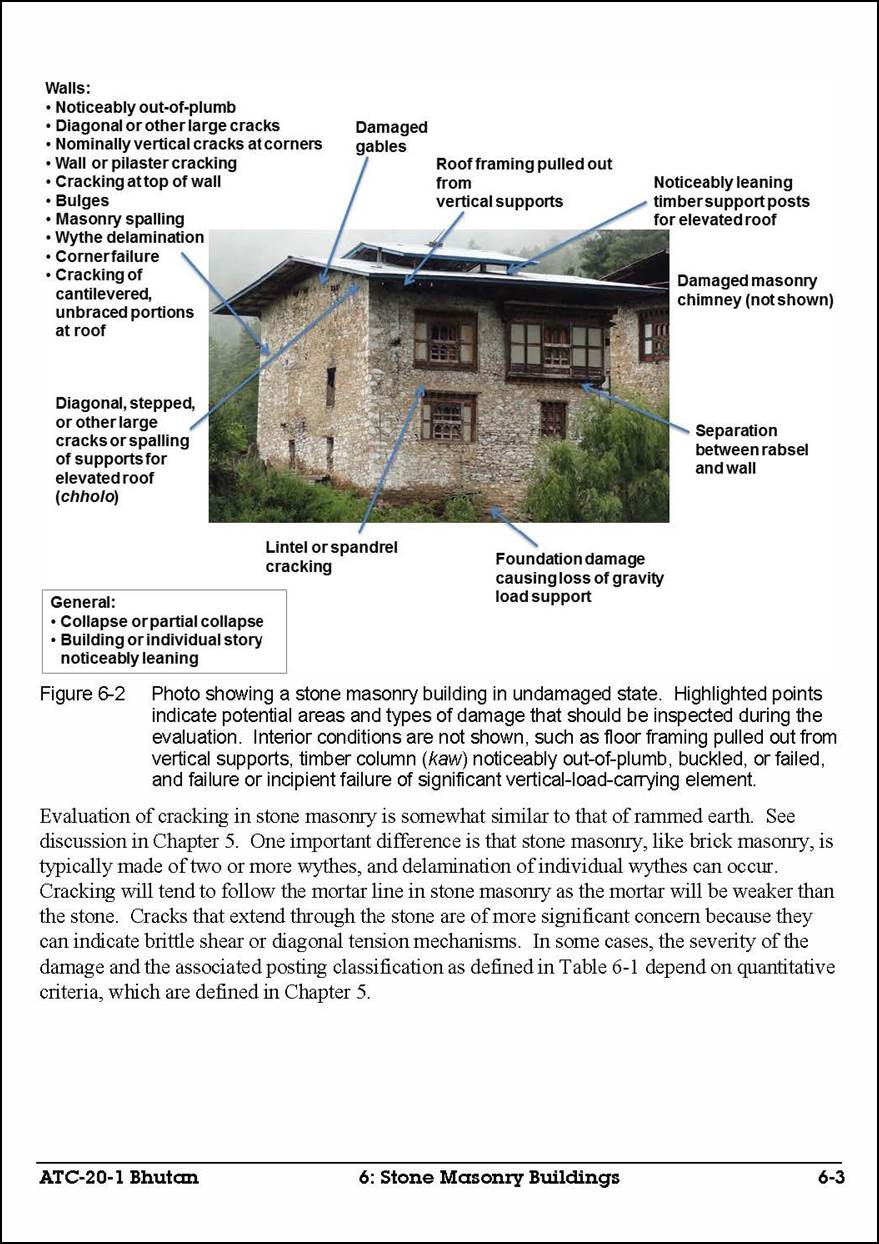
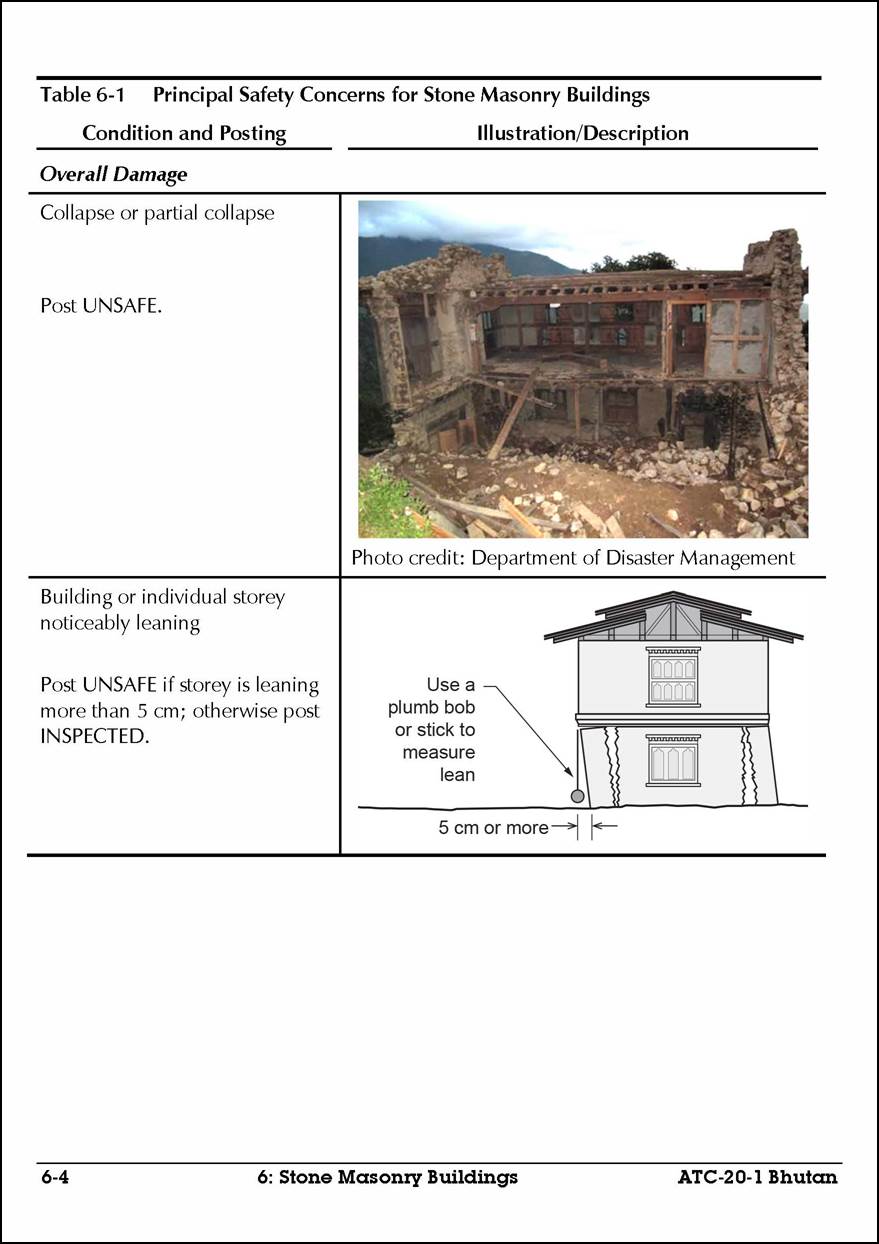
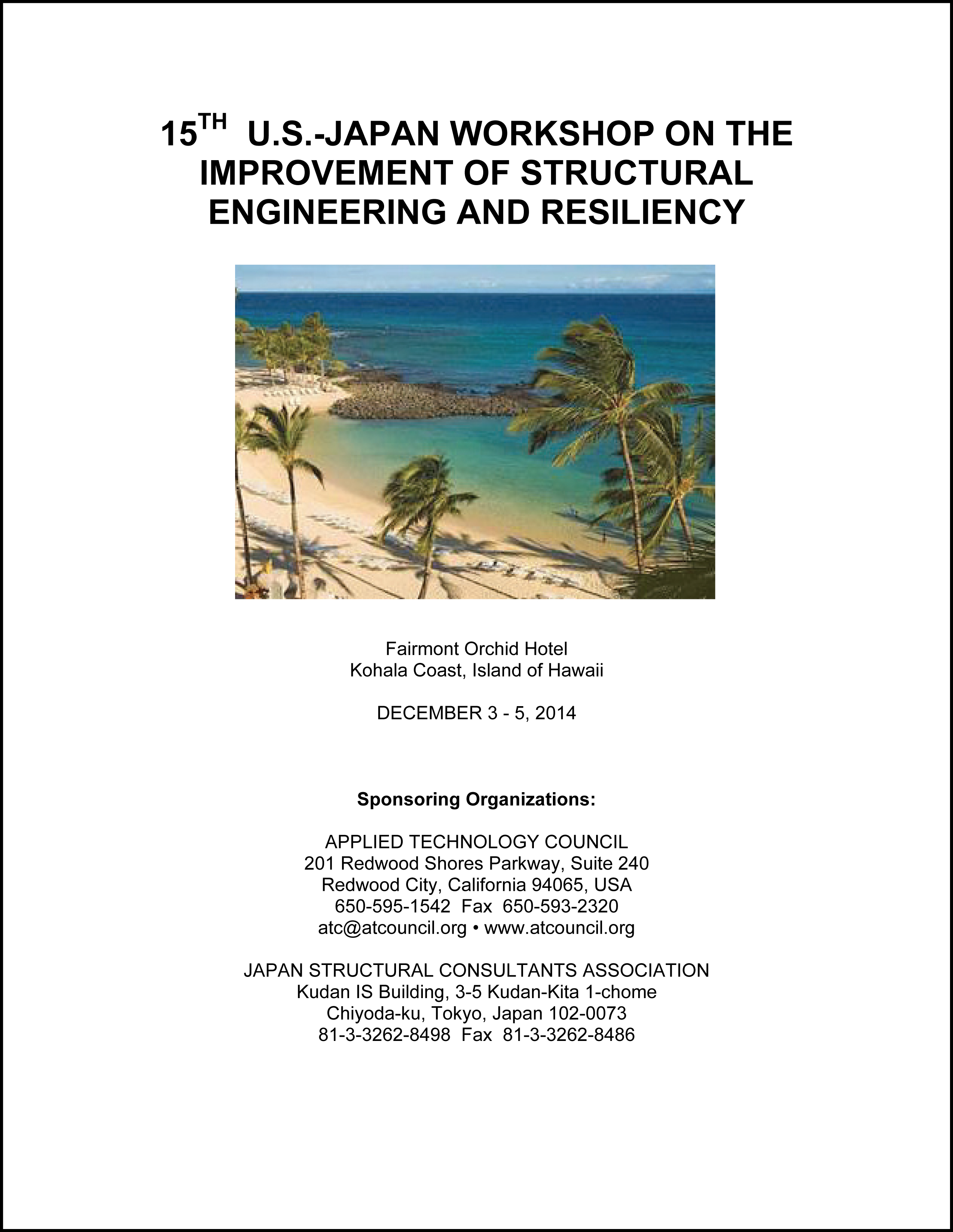


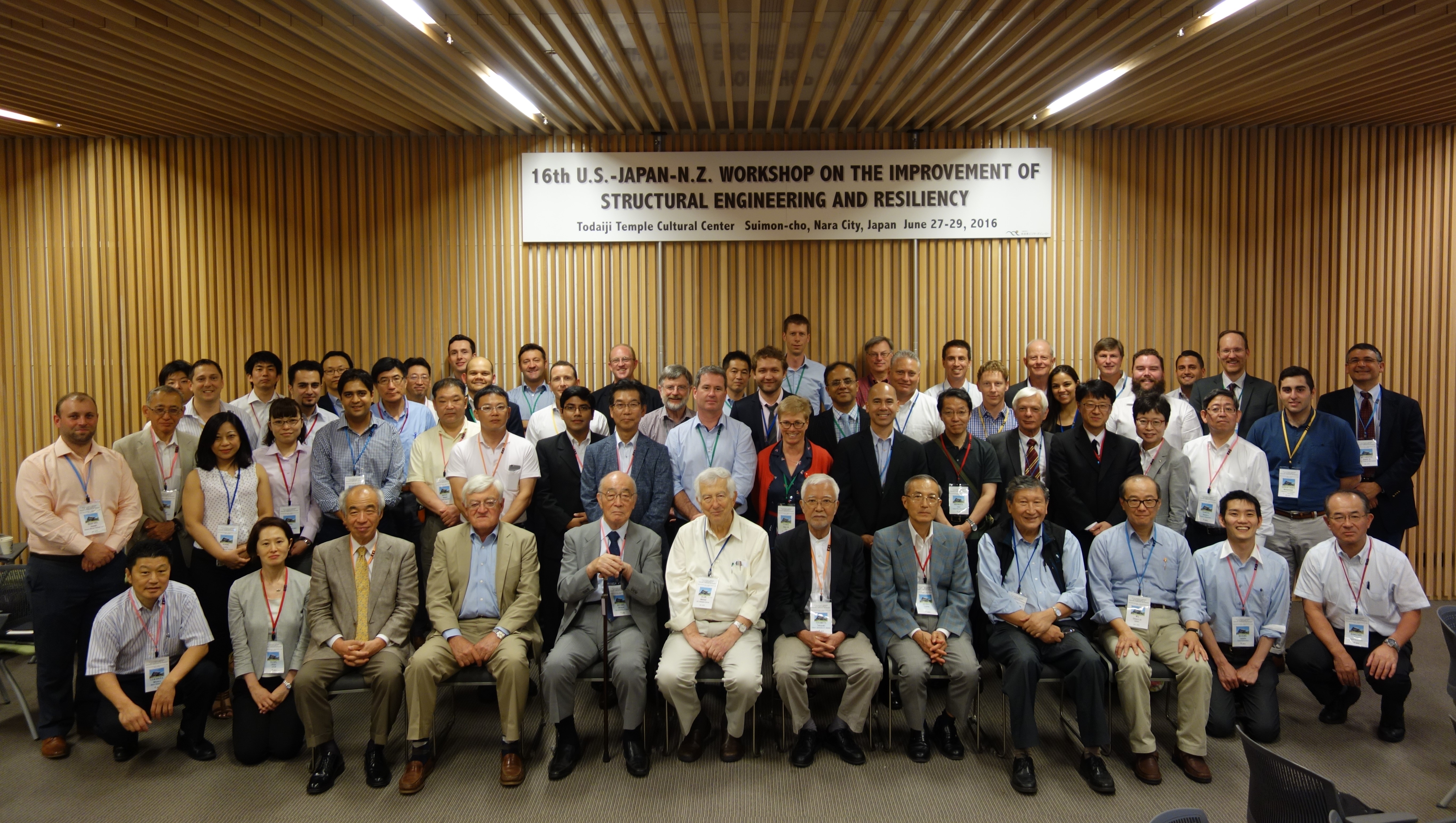
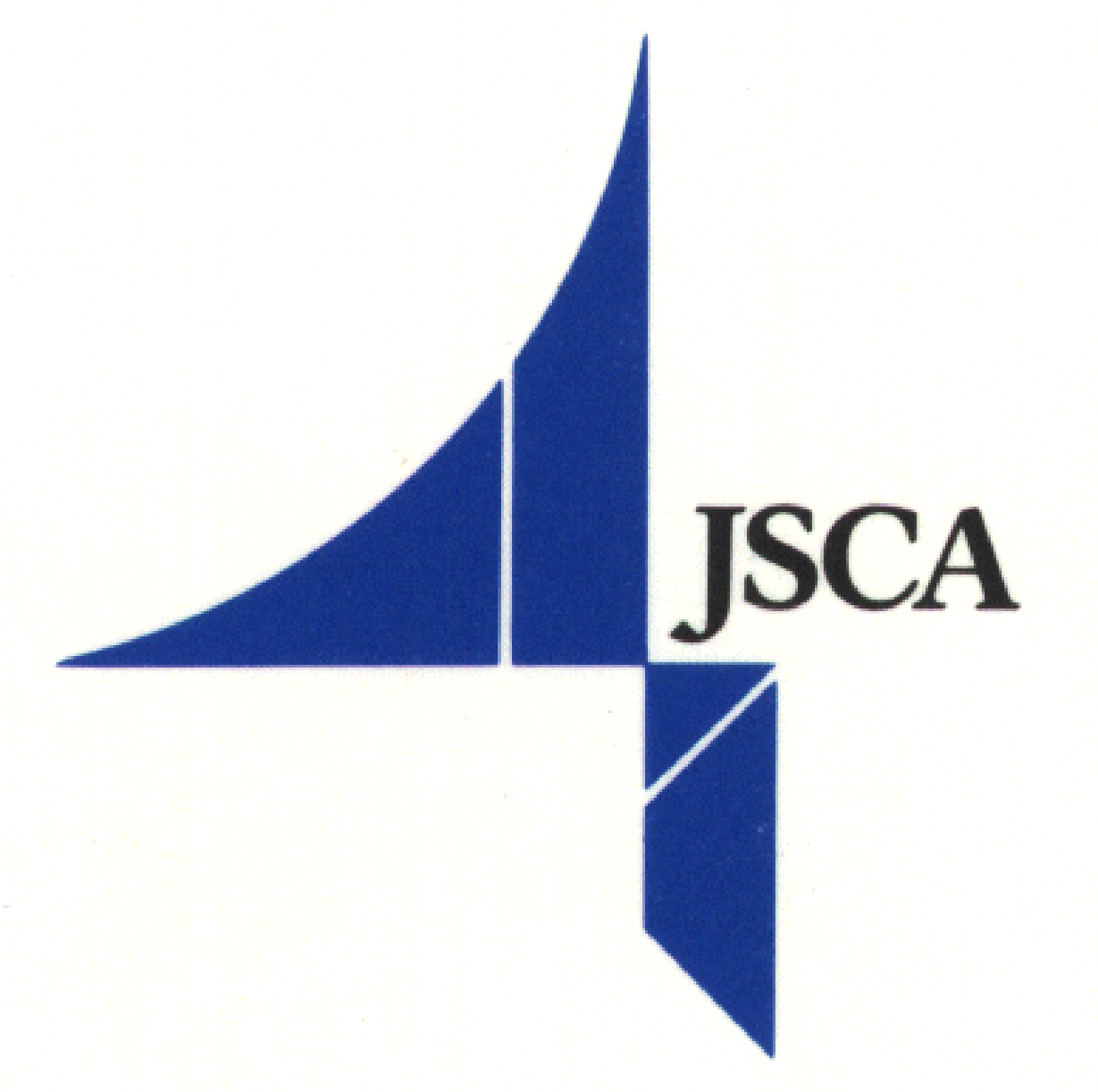
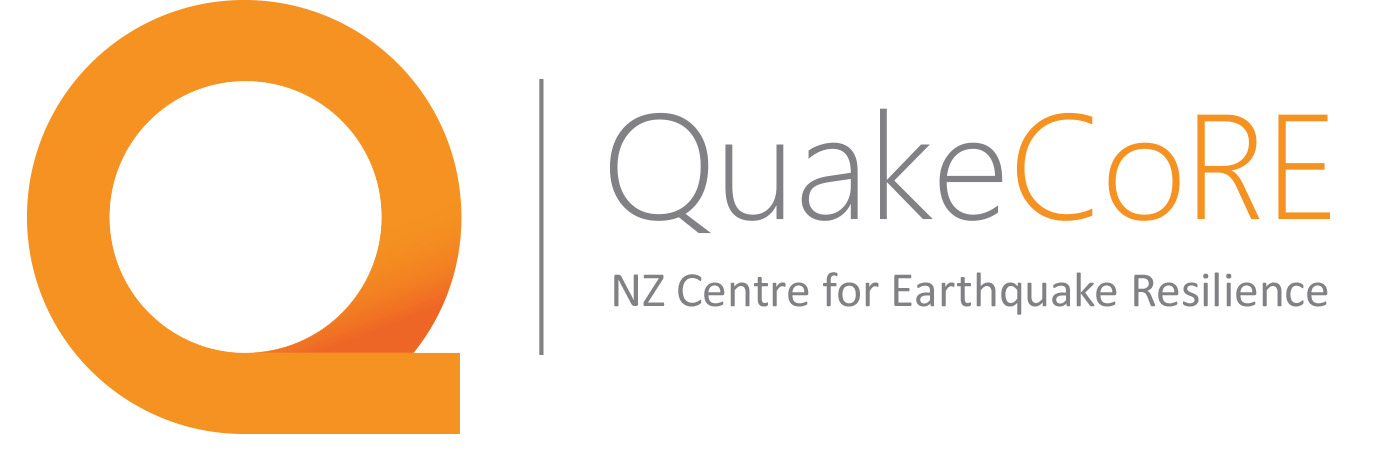

 Michael Valley
Michael Valley